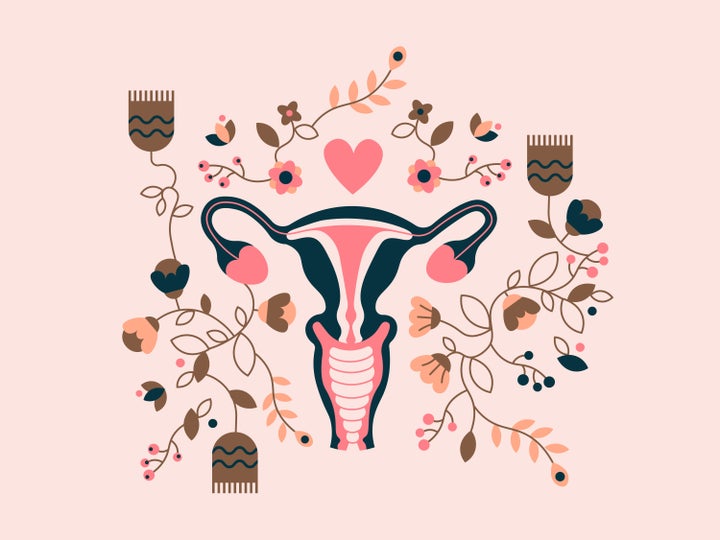
Earlier this year, doctors announced they had successfully transplanted a womb from one living donor, aged 40, to her 34-year-old sister. It was the first womb transplant in Britain’s history.
The procedure took around 17 hours in adjoining theatres to complete – and while the surgery itself happened in February, the doctors didn’t announce it until six months later when Dr Isabel Quiroga, of Oxford Transplant Centre, told the BBC the transplanted womb was “functioning perfectly” and that the patient had experienced her first period two weeks after the surgery.
This wasn’t actually one of the first womb transplants to ever occur, though. In fact, over 90 womb transplants have taken place around the world in what is a remarkable feat of modern medicine and surgery.
What are womb transplants for?
The aim is to give women who are born without or with underdeveloped wombs the opportunity to have children.
The procedure in the UK this year was performed on an anonymous patient with a genetic condition called Mayer-Rokintansky-Küster-Hauser syndrome (MRKH).
The condition means she was born with ovaries but not fallopian tubes or a uterus. It’s an extremely rare condition, affecting one in every 5,000 women.
People with MRKH and similar conditions have absolute uterine factor infertility (AUFI) meaning that, unlike people with conditions that can cause infertility such as endometriosis or PCOS, there are no treatments to help facilitate pregnancy such as IVF, as there is no functional uterus in which to carry a foetus.
AUFI affects one in 500 women worldwide. Yet thanks to this incredible procedure, there is hope for women with AUFI who want to conceive their own children.
What does a womb transplant involve?
According to the case report, both of the women involved in the procedure had to undergo significant pre-op medical and psychological preparation to ensure they were both fully prepared so the operation had a stronger chance of being successful.
During the procedure, the donor had an incision made across her lower abdomen and doctors worked to protect all surrounding anatomy, including the fallopian tubes and ovaries.
Her womb was then removed and the same incision was placed across her sister’s abdomen, where the womb was inserted, with a graft – an immediate transplantation of tissue which continues to live and grow in its new environment. It helps the body take to the new organ.
The donor had a very uncomplicated recovery and left hospital after just five days. Her sister left after 10 days following some mild post-op complications.
Once she had a new womb, the receiver was monitored closely for any further complications or signs of cancer, but much to the doctor’s delight, there was nothing concerning found.
Speaking on the success of the procedure, Dr Quiroga said: “It was a privilege to carry out the UK’s first womb transplant. The operations, while long and complex, went according to plan and I am delighted to see that the donor and recipient are recovering well.”
What happens after a womb transplant?
While this procedure and many others have been successful, doctors are still very cautious about the longevity of a transplanted womb.
Some wombs, as is the risk with all organ transplants, reject the body but for those that don’t, the success is measured by the functionality of the womb and initially comes down to whether the recipient has a period.
Then, with the help of IVF treatment and an embryo created before the operative procedure, patients can get pregnant and even have a normal pregnancy with a C-section delivery.
In the case of the recipient in the UK, the plan is for them to have an embryo transfer and – once pregnancy is confirmed – they’ll be closely monitored in a specialist antenatal clinic.
According to women’s health expert Dr Michelle Griffin, recipients of a womb transplant can have a second baby if she wishes and, following that, the womb will be removed and the patient will come off immunosuppressant treatment.
All people who receive a womb transplant will eventually have it removed to avoid the prolonged use of anti-rejection medication.
Who is eligible for a womb transplant?
According to Womb Transplant UK, the procedure is available to anyone diagnosed with Absolute Uterine Infertility between the ages of 24 and 40, or 42 if her eggs were frozen before age 38.